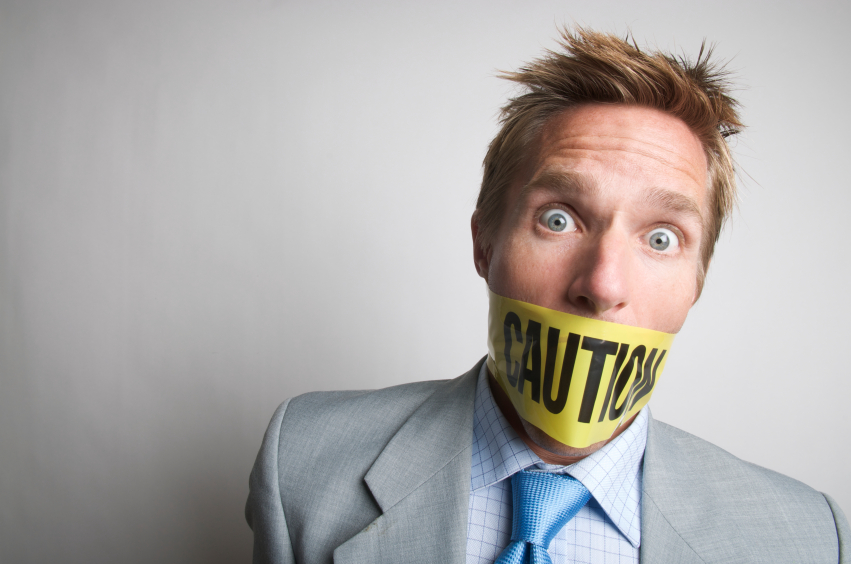With plastic pollution in the oceans at 16xs more than previously thought, is it even possible to clean it up?
05/15/2018 / By Jessica Dolores

There was a time when the sea was the go-to place for keeping the body clean and catching fresh fish free from harmful chemicals. Beach lovers didn’t think twice about swimming there because they knew it was perfectly safe, and good for their health besides.
But recent figures show that those who hesitate to swim at the beach have good reason to do so. A Great Pacific Garbage Patch is threatening the health of humans and the lives of sea creatures that live there. The humongous patch is twice the size of Texas and thrice the area of France. It is home to 80,000 tons of debris, which scientists estimate is equivalent to 1.8 trillion pieces of glow sticks, nets, bleach bottles, straws, toys, and drums.
A three-year mapping project conducted by eight organizations showed that the garbage patch cuts across over 600,000 square miles of water between California and Hawaii.
The National Oceanic and Atmospheric Administration marine debris program funded research by Beth Polidoro, assistant professor of environmental chemistry in the School of Mathematical and Natural Sciences at Arizona State University on plastic litter and microplastics in places near marine ecosystems.
Her findings reveal that the garbage patch was discovered in the late ’80s. Its size has exponentially grown since. The culprit: plastic use and discards, which are expected to balloon to over 400 million tons per year by 2020. Contributing to these frightening statistics are findings from Plastic Oceans, a global nonprofit organization that looks into plastic pollution and its effects, that over 500 billion plastic bags and 35 billion plastic water bottles are thrown into the patch yearly.

What can be done?
Is there hope that this massive debris can be cleaned up?
Polidoro has bad news. She explains that the sheer size of the garbage patch, and the emergence of similar areas which are just as vast all over the world, could make the task difficult, very costly, and even impossible. The by-products of plastic breakdowns, like microplastics and dangerous chemicals, are scattered all over the world’s marine, terrestrial, and freshwater ecosystems. (Related: The Pacific Ocean is becoming the world’s largest trash dump.)
The possibility that these poisons have made their way to our drinking water and many of the foods we eat makes everything even scarier.
Polidoro warns of an Apocalyptic scenario if this massive garbage patch remains. Marine and other forms of life can get entangled in the plastic, ingest it, and die. Massive toxic chemicals used in making plastic are also being released in several parts of the world.
We may be unwittingly contributing to the release of harmful chemicals everywhere each time we use a plastic bag, which takes 1,000 years to fully decompose. Plastics carry endocrine disruptors which are linked to hormone problems and can be especially dangerous to children playing with plastic toys. Plastic chemicals have been associated with obesity and infertility. Plastic also contains Bisphenol A (BPA), which has been linked to problems affecting the brain, behavior and prostate gland of fetuses, infants, and children. Additional research suggests a link between BPA and hypertension.
We can’t just do nothing while our world crumbles before our very eyes because of plastic. We can use alternatives to plastics right in our own homes.
Some of them are:
- Cloth grab bags – They’re a lot stronger than plastic bags and a lot more eco-friendly. Some stores give them away for free.
- Glass containers – They have no chemicals that can find their way into food or the body and they’re recyclable.
- Mason jars – Ideal for storing liquids in the fridge, preparing salads or a one-dish meal that must be packed for a single use.
- Stainless steel lunch boxes – Also reusable and chemical-free, they’re durable and roomy and tough.
- Cloth zipper sandwich bags – They’re great for storing, packing or carrying food. These are also easily replaceable.
We may not be able to rid the oceans of plastic debris. But we can do our part to make sure we no longer contribute to its growth. It’s a baby step. But it’s a step in the right direction.
Sources include:
Submit a correction >>
Tagged Under:
BPA, clean water, dangerous chemicals, Ecology, environment, food supply safety, garbage patch, Great Pacific Garbage Patch, marine ecosystems, marine life, microplastics, Ocean, ocean garbage, Oceans, Pacific Ocean, plastic trash, plastics, sea creatures, toxins, water health
This article may contain statements that reflect the opinion of the author





















